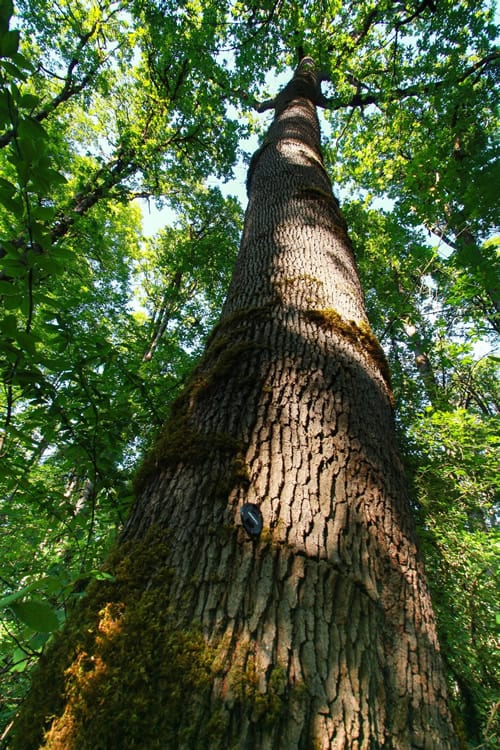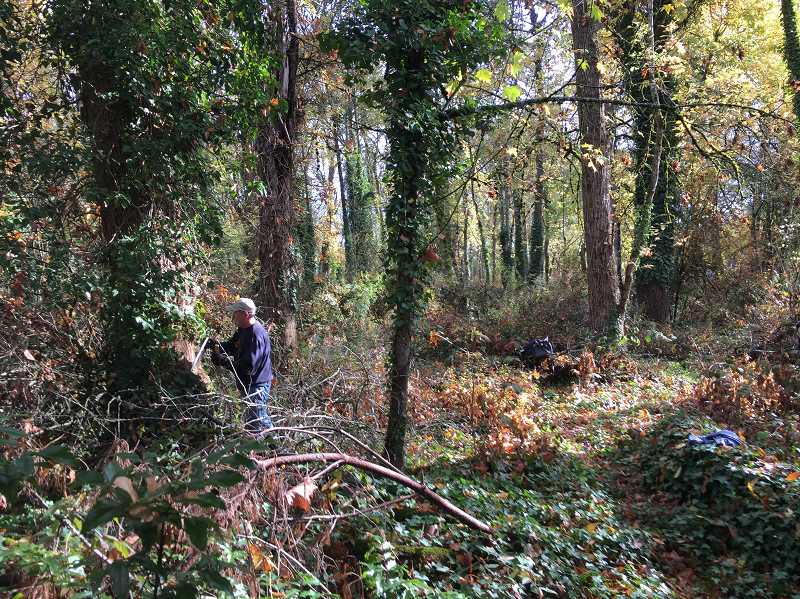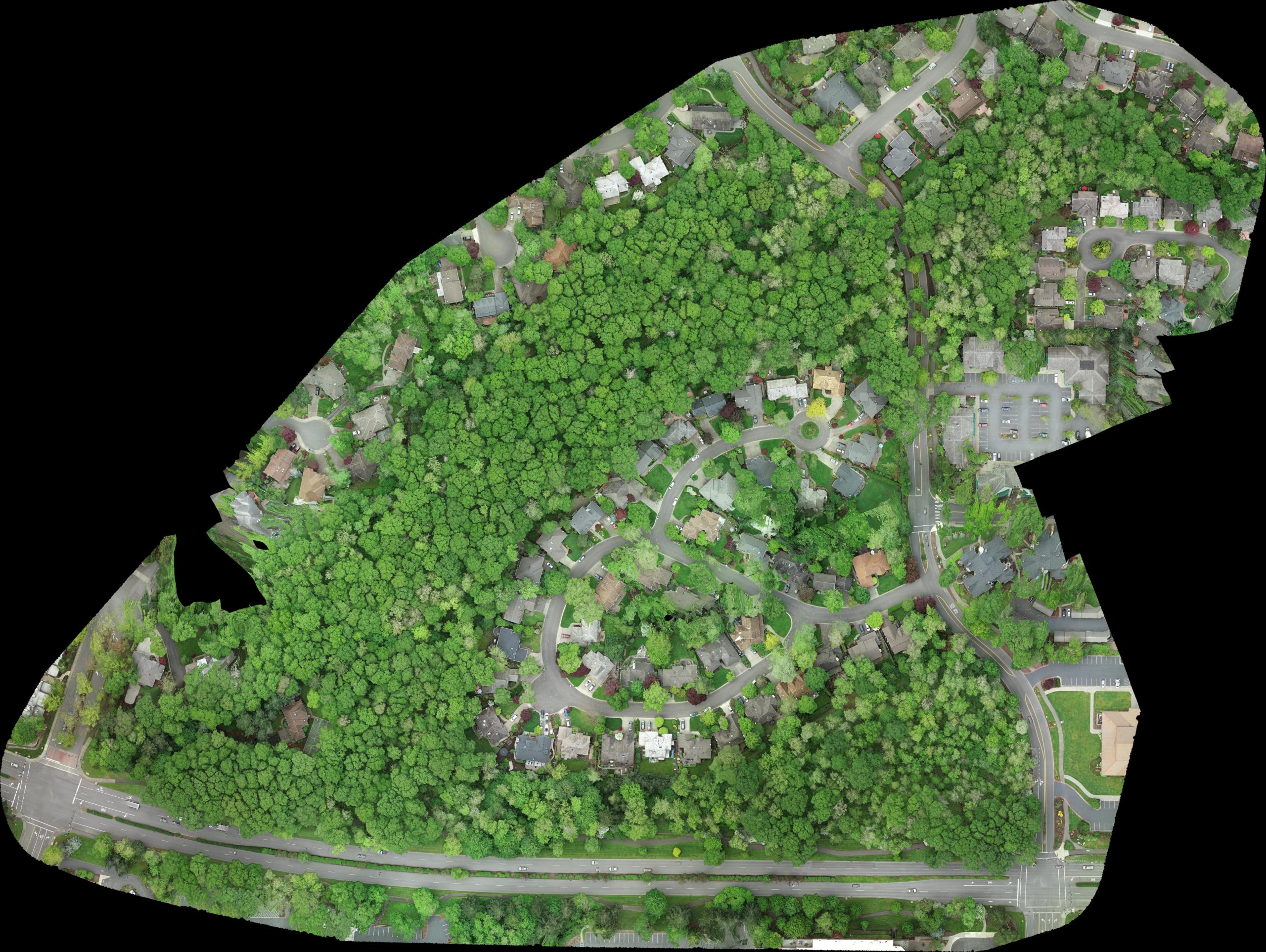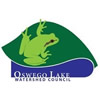
In 2017, the HOA board recognized that the woodland dominated by mature Oregon white oaks is a remnant of a vanishing habitat type and that it was becoming overrun by invasive species. Before white settlement, Native American tribes often set fires to make oak woodlands more conducive to hunting and to gathering acorns and camas roots. The fires also had the effect of preventing other species, especially Douglas fir, from outcompeting the oaks. When settlers arrived, the burning ended and most oak woodlands were either cleared for farmland or overtaken by Doug firs, whose shade kills mature oaks and prevents oak seedlings from growing. Statewide, the remaining oak woodlands are less than 5 percent of their range 200 years ago.

In order to expand community involvement in this project, a group called Friends of the Westlake Oak Woodlands has been formed. The members meet with Oswego Lake Watershed Council on the third Saturday of each month to clear ivy around native plants so the natives are not harmed when the ivy is sprayed. Volunteers also have cut the ivy around the base of the trees and will help with planting of native shrubs as the project proceeds. Neighborhood residents are encouraged to join the group to share the satisfaction of restoring the woodland.
When the project is complete, the woodland will be ecologically healthier with a diversity of native understory plants that provide habitat and food throughout the year for birds. The woodlands are home to a pair of red-tailed hawks as well as many white-breasted nuthatches, which are associated with oak woodlands. At night, owls can be heard in the neighborhood, and occasionally a deer is sighted. The woodland allows Westlake residents to enjoy living with nature and to help preserve an important habitat in Oregon.
Want to get involved? To be added to the Friends of the Westlake Oak Woodlands email list, email Tom at twberridge@gmail.com and express your interest! And, check out the Oswego Lake Watershed Council Event Page to see all scheduled events and sign up. We hope to see you at our next volunteer event!
Want to learn more about Oak Woodland Habitat? Check out this great resource: https://oregonconservationstrategy.org/strategy-habitat/oak-woodlands/

To monitor progress on this project, OLWC is partnering with Foresight Drone Services to conduct high resolution aerial surveys of the oak woodland. Check out our maps and interactive 3D model from our first survey:

This 3D model may not work on smartphones.
